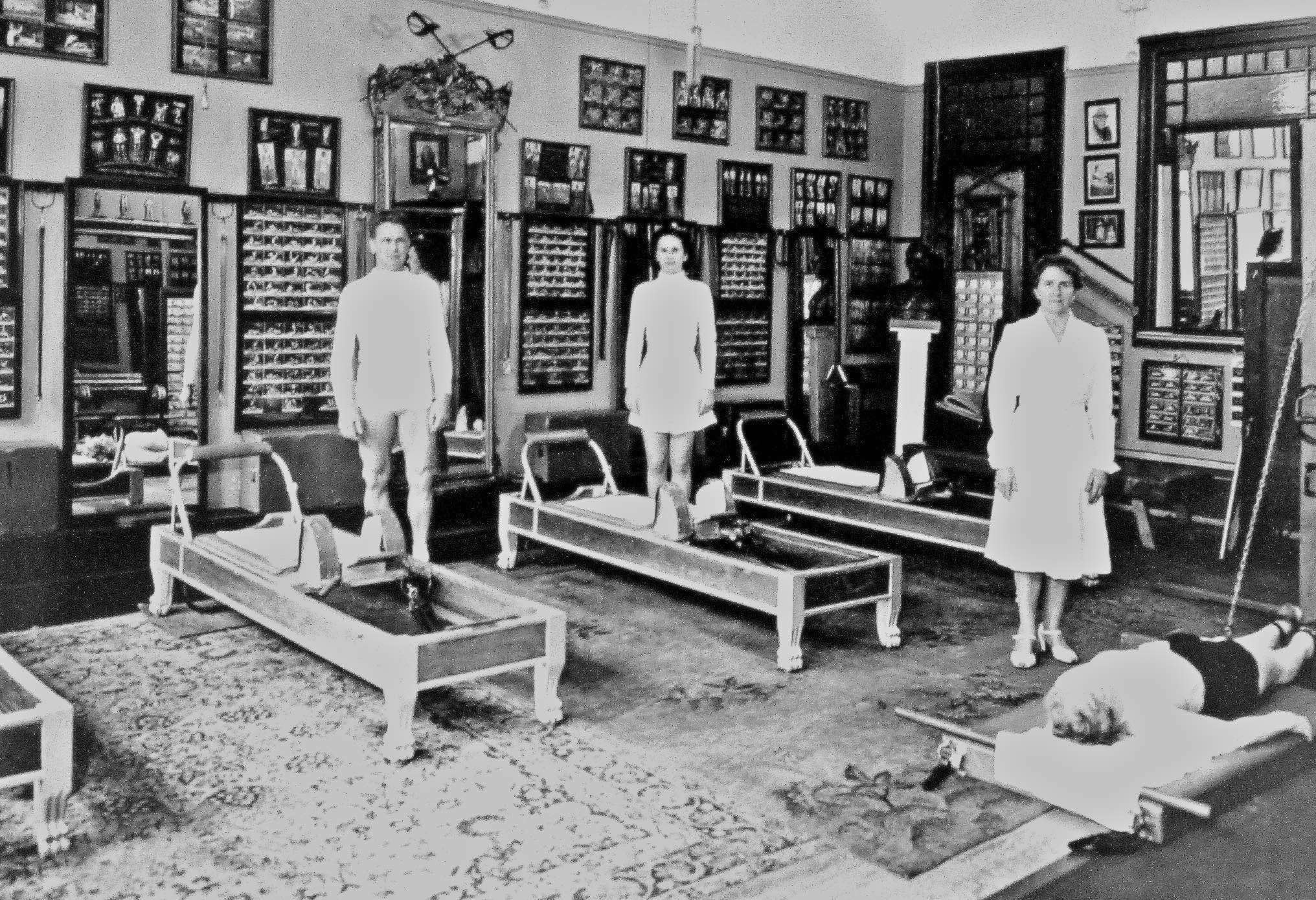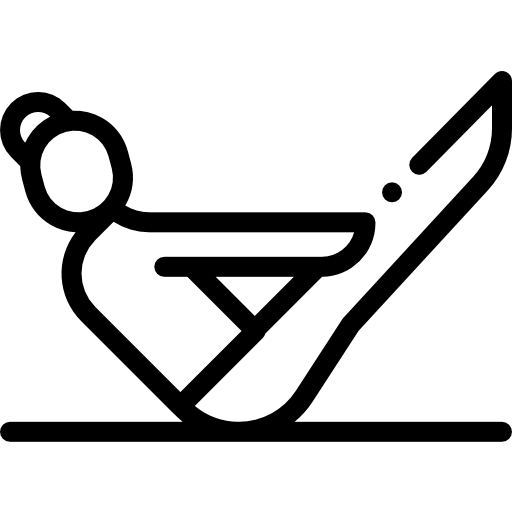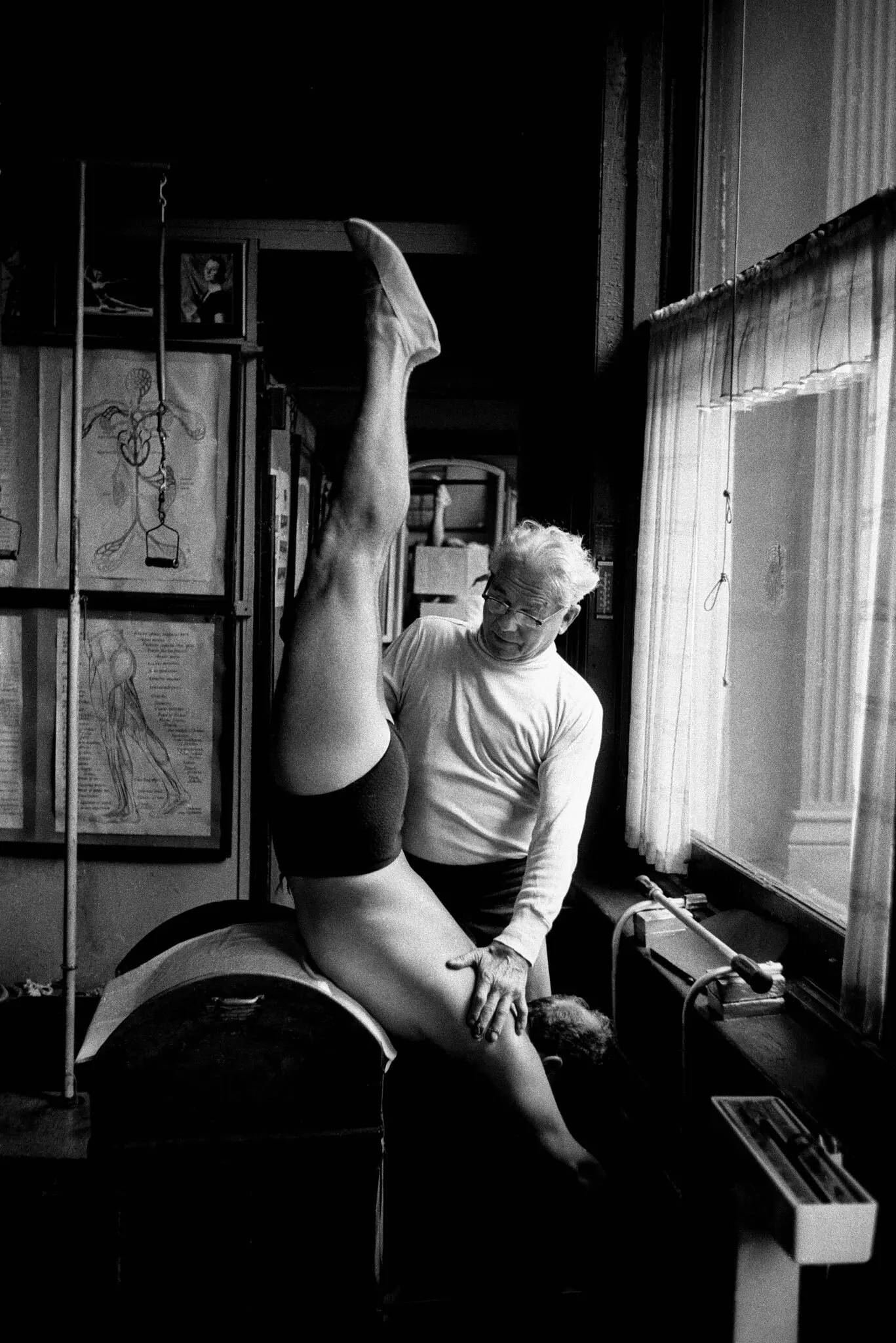The History of Pilates
Far more than a recent fitness craze, Pilates has been developed and practiced since the 1920’s when Joseph and Clara Pilates opened their ‘Body Conditioning Gym’ in New York City.
Pilates takes its name from Joseph Pilates. A German-born emigré to Britain and then America, he devised the Pilates method as a new approach to exercise and body-conditioning in the early decades of the last century. His method included the use of equipment referred to by him as: apparatus. Perhaps the best known piece of equipment is the Pilates reformer

The Joseph Pilates Story
Joseph Pilates was born near Düsseldorf, Germany in 1883. Little is known about his early life, but he appears to have been a frail child, suffering from asthma, rickets and rheumatic fever. His drive and determination to overcome these ailments led him to become a competent gymnast, diver and skier.
In 1912 Pilates lived in England working as a circus performer, boxer and self-defence instructor. During the First World War, he was interned with other German nationals. During this time he developed his technique of physical fitness further, by teaching his fellow internees. During the latter part of the War, he served as an orderly in a hospital on the Isle of Man where he worked with patients unable to walk. He attached bed springs to the hospital beds to help support the patients’ limbs, leading to the development of his famous piece of equipment known as the ‘Cadillac’. Much of his equipment, although slightly adapted, is still in use today in many Pilates Studios.
Pilates emigrated to the USA in the early 1920s with his wife Clara, and together they developed and taught the method in their ‘body-conditioning gym’ in New York in 1926.
The studio featured much of the Apparatus designed to enhance his rehabilitation work. It soon became very popular, particularly with the dance community, as it offered a chance to improve technique or recover from injury. Word spread quickly and many celebrities of the day visited his studio. These included dance legends such as Ruth St. Denis, Ted Shawn, Jerome Robbins, George Balanchine and Martha Graham, as well as the actor Jose Ferrer and the author Christopher Isherwood. Originally 60% of the clientele were men.
In 1932 Pilates published a booklet called ‘Your Health’ and followed this with another called ‘Return to Life Through Contrology’ in 1945. Through these writings and his students, his method was passed on after his death in 1967 at the age of 83. During his lifetime this method of exercise was called Contrology. It was only after his death that it became known as the Pilates Method.








